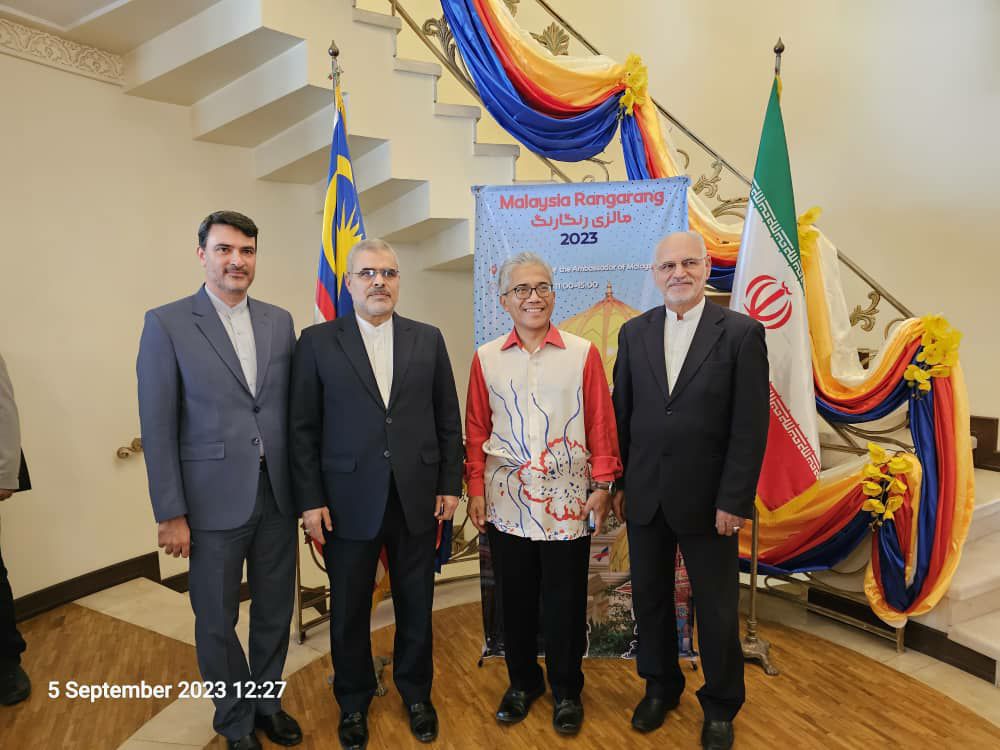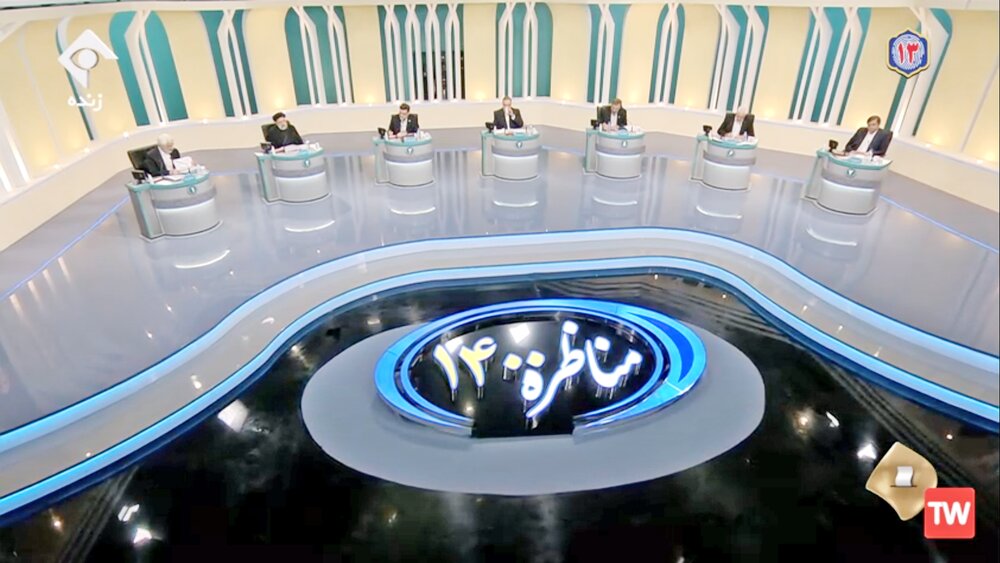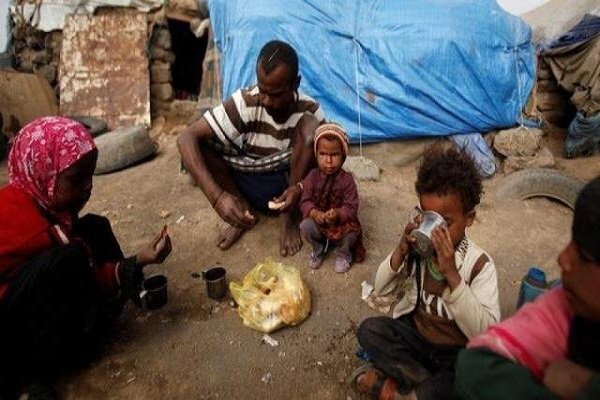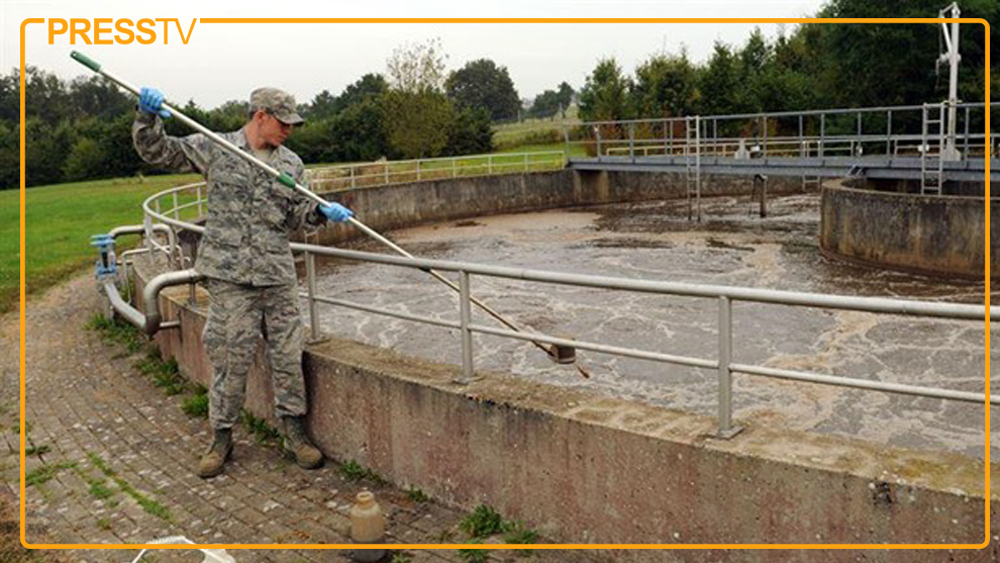Benefits and Harms of Two Years of Killing and Bloodshed
TEHRAN (Iran News) The Gaza confrontation in October 2023 (coinciding with Mehr 1402 in the Iranian calendar) began with a large-scale and unprecedented attack by the Islamic Resistance Movement (Hamas) called “Al-Aqsa Storm” against Israel.
This operation, which resulted in the killing and capture of a large number of Jewish military personnel and settlers in Israel’s occupied areas, is considered a turning point in the 77-year Palestine–Israel conflict.
In response, Israel launched extensive air strikes and then a comprehensive ground operation against the Gaza Strip. After weeks of intense fighting and international pressure, a new round of negotiations mediated by Egypt, Qatar, and the United States in Sharm El-Sheikh, Egypt, resulted in a temporary ceasefire agreement. Analyzing this path — from “Al-Aqsa Storm” to “Sharm El-Sheikh” — requires an examination of the military, political, and humanitarian dimensions of all these events.
The strategic surprise of that operation showed that Israel’s powerful security and intelligence apparatus (Shin Bet and Mossad) was unable to predict and prevent such a broad attack. This surprise, in itself, delivered a major strategic blow to the security reputation of the fragile Zionist regime. With this operation Hamas proved it has the ability to plan complex, coordinated, cross-border attacks. The action changed the balance of power on the battlefield of resistance and made Hamas’s role as a decisive actor many times more prominent. Because after years of the Palestinian issue being marginalized during the normalization of relations between some Arab countries and Israel (the Abraham Accords), Al-Aqsa Storm returned the Palestinian issue to the center of global attention.
The Zionist regime, under the slogan of “complete destruction of Hamas” and the recovery of the captives, launched an unprecedented onslaught: the Gaza Strip was completely besieged and relentless air bombardments shattered infrastructure, mosques, hospitals, schools, and residential areas. The number of Palestinian fatalities quickly rose into the thousands, including large numbers of women and children. Regime ground forces carried out several stages of advance in northern and central Gaza, which met fierce resistance from Palestinian groups and yielded nothing but slaughter. These attacks produced a full-scale humanitarian catastrophe. Severe shortages of water, food, medicine, and fuel, together with the displacement of more than one million people, created an unbearable situation for Gaza residents. The Islamic Republic of Iran, Hezbollah of Lebanon, Yemen’s Houthis, and Iraq’s Popular Mobilization Forces supported the Al-Aqsa Storm operation and, through limited border clashes and missile attacks, increased pressure on the Zionist army and regime. This showed that the axis of resistance is a unified and capable force.
The United States and its European allies provided unconditional support to Israel and, by sending weapons, contributed to prolonging the war. In contrast, Arab governments such as Saudi Arabia and Jordan took cautious positions and, while condemning the killing of civilians, emphasized the necessity of forming a Palestinian state. Popular uprisings in Arab countries — and indeed worldwide — also put considerable pressure on their governments to cut ties with Israel. With rising international pressure and the worsening humanitarian situation, negotiations in Sharm El-Sheikh, mediated by the United States and marked by the ostentatious presence of 22 countries, were intensified. Trump’s 20-point ceasefire plan defined the basis of a ceasefire as follows:
to render this strip of Gaza free of Hamas’s military presence at Hamas’s own expense and with the participation of Arab countries, in such a way that the poison of the resistance front for Israel would be destroyed in that place. This plan, of course, was not publicized in the media and was disclosed and signed only for a limited number of countries.
But on careful study of the text of the 20-point plan, this issue is quite apparent between the non-black lines of the plan.
One should not be deceived by the outward show of Netanyahu’s reaction, because the plan had previously been signed by Netanyahu and it is even said that he changed some of its clauses; therefore his theatrical reaction fits more into the category of arousing Gaza supporters’ emotions and colluding with Trump. What Gaza needs today is investment in rebuilding a devastated Gaza. It is illogical for an offer of $60 billion to be put on the table and yet not convince Hamas and Islamic Jihad and especially the people harmed by the war, slaughter, and destruction to accept it.
- source : IRAN NEWS




























